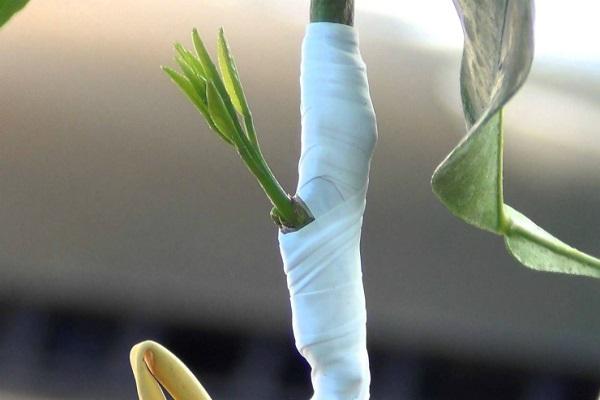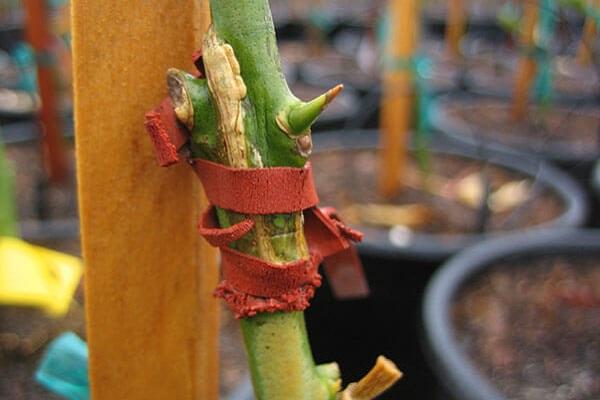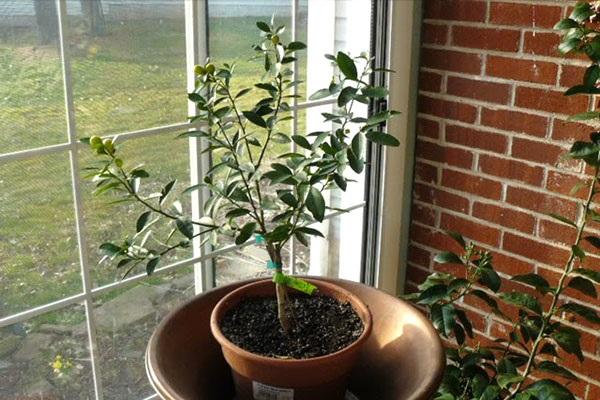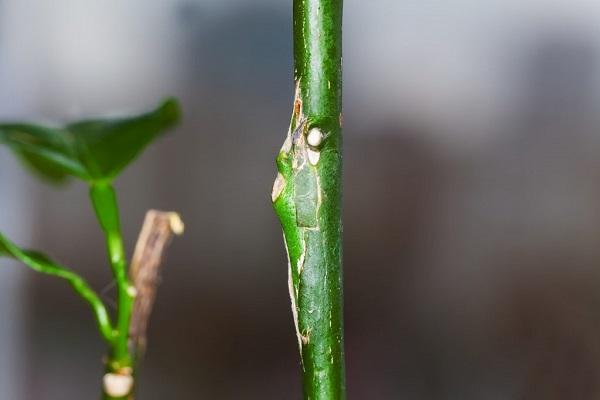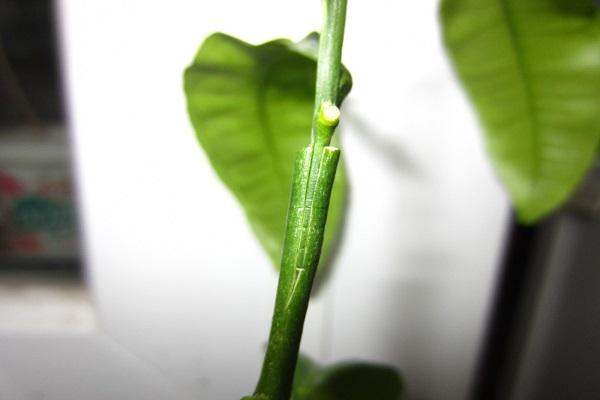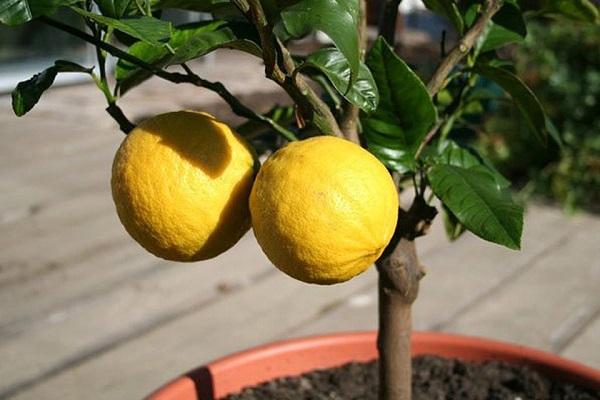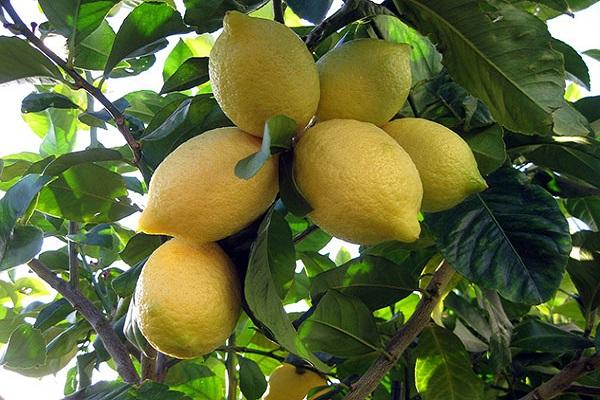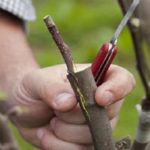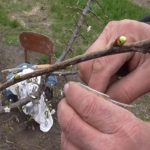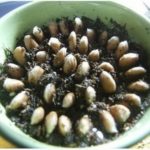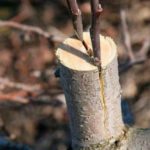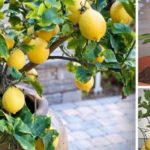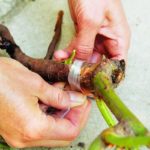Growing lemons at home is a complex and exciting activity that has many tricks. Not everyone knows why and how to graft a lemon planted in a pot, but this procedure allows you to speed up the harvest, improve its quality, or collect several different types of citrus fruits even on a small home tree located on the windowsill.
Benefits of Lemon Grafting
Lemon has a huge amount of vitamins and minerals and has long been valued by people for its benefits.At the same time, a fruit-bearing plant can be grown in an ordinary apartment and harvested several times a year.
Most people first lemon tree is obtained from the seedleft over from eating a lemon. Such a plant develops well, but does not bear fruit for a long time and is called wild. You can wait 10-15 years for the first harvest from it, and sometimes the tree refuses to bear fruit at all.
Vaccination solves several problems:
- you can get several varieties of lemon on one tree;
- the grafted plant gets sick less;
- begins to bear fruit earlier, the quality of the fruit increases significantly;
- You can graft a lime or an orange onto a lemon tree; they coexist and develop beautifully.
Grafting at home stimulates fruit formation and makes it possible to get a harvest within 2-3 years after planting. You can graft 2-3 different varieties of lemon or other types of citrus onto the rootstock.
Dates
The grafting is carried out on the plant after 1.5-2.5 years. Later, the growth and development of the mother plant slows down, and the scion takes root poorly. In this case, young branches of the tree are selected for grafting. The best time for grafting is April-May; it can be done until August so that the plant has time to recover. The grafting carried out on a cloudy rainy day takes root better. The lower the grafting is done, the shorter the lemon will end up.
Choosing a rootstock and scion
For the rootstock, a healthy tree is selected, without damage, with strong roots and crown. A weakened plant must be treated before grafting, monitor the condition of the soil and fertilize it 2-3 weeks before the operation.
For the scion, you need to take material from a healthy tree that has begun to bear fruit. Pavlovsky, Vaniglia, and Novogruzinsky varieties are suitable for indoor growing.Today there are more than 100 varieties of indoor lemon, differing in fruit size and taste characteristics.
Required Tools
For vaccination you need the following tools:
- a sharp scalpel or a special knife for grafting;
- garden variety;
- a piece of electrical tape, fum tape or special garden tape;
- narrow strip of cotton fabric;
- pruning shears;
- alcohol solution.
All work is carried out with clean, alcohol-treated equipment. You need to wash your hands thoroughly to avoid infecting the plant when grafting. You can get 2 vaccinations, then the likelihood of their survival increases.
Grafting methods
There are several ways to graft a plant. Each of them has its own characteristics that you need to know about. There are cuttings, copulation and budding.
Cuttings
For the scion, choose a small twig with leaves from a varietal plant. The grafting is done in 2 ways: behind the bark or into the split.
For the bark
For grafting, you need an adult twig of varietal lemon with fully formed leaves. Young branches are not suitable for grafting. The lemon stalk should have 4-5 leaves, which are removed, leaving small petioles. The thorns of the plant are also removed from both branches. The grafting site is treated with alcohol.
An oblique cut is made at the bottom of the scion with a sharp knife. On the rootstock, using pruning shears, remove part of the branch that is just above the grafting site, then carefully cut and bend part of the bark on one side.
The cut of the cutting is combined with the area of the mother plant freed from the bark and tightly fixed with electrical tape or fum tape. The cut on the rootstock, located above the grafting site, is treated with garden varnish.To keep the grafting site constantly moist, cotton fabric can be wrapped over the fixing material, which should be constantly moistened.
Important: it is necessary to ensure that the cuts on the cutting and the mother plant coincide, and the scion does not move while fixing the bandage.
The grafted branch or the entire plant must be covered with a plastic bag to create increased temperature and humidity. The bag is tightly fixed at the bottom using twine. The top should be free. This provides increased temperature and humidity, which means better survival rate.
Into the cleft
The cutting is prepared in the same way, but is cut obliquely on both sides to form a wedge.
Using pruning shears, part of the branch on the rootstock above the grafting site is removed, and the branch of the mother plant is split in the middle with a sharp knife to a depth of 2 centimeters. A cutting is inserted into the split using a wedge and secured with a tight bandage. The grafted branch is covered with polyethylene.
Copulation
This is the same grafting into a cleft, the difference is in the diameter of the grafted branches; When copulating, the diameter of the cutting and the scion must match.
Budding
For such a grafting, it is not a cutting that is taken, but a bud of a varietal plant with a small area of bark under it (tongue). Budding is conveniently carried out using a new sharp blade. At the grafting site, on the mother tree, a T-shaped incision is made in the bark.
Important: it is necessary to ensure that the incision is not too deep and does not damage the subcortical layers.
The incised bark is carefully folded back, the finished bud is inserted into the exposed area, the tongue is tightly pinned to the bark, the graft is fixed with a tight bandage, and the bud is left open.
Care after vaccination
After the operation, the plant is given a warm, bright place, protecting the tree from direct sunlight. Creating a greenhouse effect with high humidity for the grafted twig is a prerequisite for good graft survival; a plastic bag is needed for this purpose.
It is removed daily for ventilation and the grafting site is sprayed with a spray bottle.
If wildflower leaves begin to bloom on the trunk or branch of the scion below the grafted area or side shoots appear, they must be immediately removed in order to provide the grafted seedling with a better supply of nutrients. After the operation, the plant is not fertilized until the sprout has completely taken root.
The shoot appears 2-4 weeks after the manipulations. It needs time to grow and get stronger, so the bag is not removed, making sure that it does not come into contact with the young leaves.
After 1.5-2 months, you can gradually begin to accustom him to normal living conditions. First, the bag is removed daily for 30-40 minutes, then the time is increased to 1.5-2 hours. After 5 days, the plant is released from the bag. If the leaves begin to lose their elasticity during the day, return it to its place and give the lemon a few more days.
When it has fully adapted to the temperature and humidity in the room, remove the cloth bandage and the fixing tape.
How to understand if the procedure was successful
If the cutting or bud remains fresh and elastic during the first 5-7 days after grafting, they have not darkened or dried out, it means that the grafting was carried out correctly, they are alive, and then everything depends on caring for the plant.
If the operation is unsuccessful, you need to give the plant a rest and repeat it in a month.Today in flower shops you can find already grafted lemon seedlings, but flower growers try to grow them themselves, since purchased plants often die soon after purchase.
Of course, grafting on a lemon requires knowledge and skills, but if you carefully study the subject and do everything carefully, the chances of success significantly increase - within 2-3 years fruiting will begin, and the pet will delight the owner with the first harvest to the envy of friends and acquaintances.


